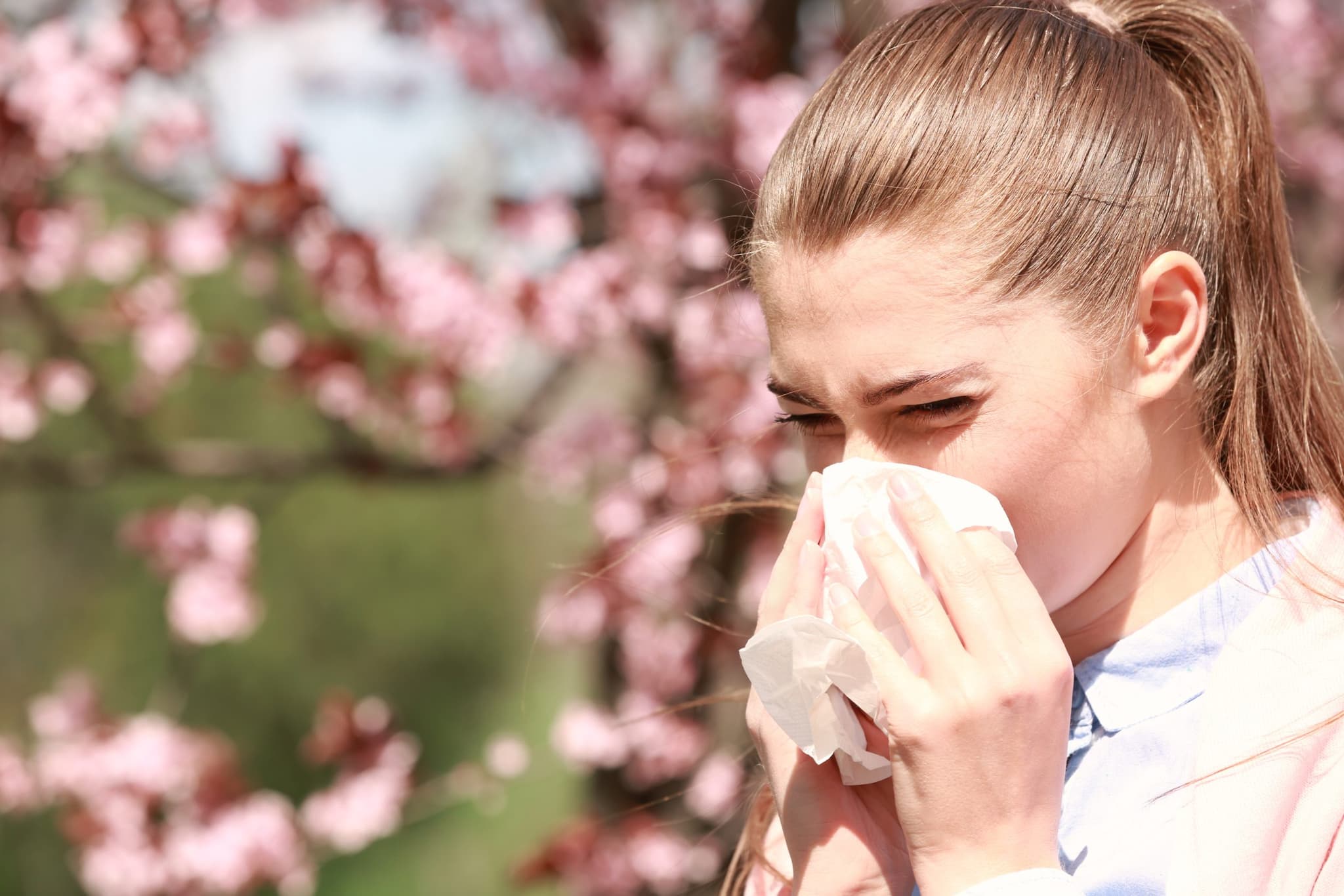
2023-05-19T11:00:36
Environmental allergy testing: What to expect and how to prepare
- Allergy and Immunology
May 17, 2016 | Allergy and Immunology
Specialties:Allergy, Asthma and Immunology

If you’ve ever experienced an outbreak of red, itchy bumps that suddenly popped up on your skin seemingly out of nowhere — you’re among the 20 percent of people who suffer a hives outbreak at some time in their lives.
It’s easy to confuse the burning or stinging blotches known as hives, or urticaria, with insect bites. But there are key differences:
Allergic hives form when, in response to the chemical histamine, blood plasma leaks out of small blood vessels in the skin. Acute hives last anywhere from a few minutes to six weeks. Chronic hives are long-term, typically present for longer than a year. They are rarely allergy related, and often the cause remains unknown.
Some of the most common triggers for hives include:
Certain foods—especially peanuts, chocolate, eggs, milk, berries and shellfish. According to a 2010 study published in the Journal of Allergy and Clinical Immunology, “Allergy to peanuts and tree nuts (TNs) is the leading cause of fatal allergic reactions in the United States, and the prevalence appears to be increasing.” Peanut allergies tripled between 1997 and 2008 among American children. Fresh foods cause hives more often than cooked foods, according to WebMD, and often food additives and preservatives are to blame for the reaction.
Drugs and medications can cause hives, including ibuprofen and other nonsteroidal anti-inflammatory medications, aspirin, high blood pressure drugs, painkillers such as codeine, and antibiotics like penicillin and sulfa.
Allergies to pollen, pet dander, and latex.
Bacterial and viral infections, especially in children.
Physical stimuli, such as pressure from belts or constrictive clothing, cold, heat, exercise or sun exposure.
Contact with plants such as poison oak and poison ivy.
Chronic stress or tension.
Inflammation of the blood vessels can also cause painful hives that may leave a bruise on the skin and last more than a day.
Chronic hives may also be linked to thyroid disease, other hormonal problems, or very rarely, cancer. If after comprehensive testing your allergist or immunologist cannot determine the cause of your hives, the condition is called chronic idiopathic urticaria.
Hereditary Angioedema (HAE) is a very rare and potentially life-threatening genetic condition that occurs in approximately 1 in 10,000 to 1 in 50,000 people. A child has a 50 percent chance of inheriting this disease if a parent has it.
Although similar to hives, the deep swelling in angioedema occurs beneath the skin of the eyes, lips, hands, feet, genitals or airway. Patients may experience severe abdominal pain, nausea and vomiting due to swelling in the intestinal wall. Swelling of the tongue or throat is very dangerous and can cause death by asphyxiation.
A child has a 50 percent chance of inheriting Hereditary Angioedema disease if a parent has it.
To reduce your exposure to substances and situations that cause a hive outbreak:
Your allergist may recommend a combination of non-drowsy antihistamines to treat your hives. Cold compresses and anti-itch topical creams also help relieve symptoms. Severe episodes may require treatment with prednisone or another corticosteroid medication.
If your reaction involves early symptoms of anaphylaxis such as difficulty breathing or swelling of your tongue or lips, your allergist may prescribe an epinephrine auto-injector. Keep this with you at all times to prevent a potentially fatal allergic reaction that stops your breathing and sends your body into shock.
The first step in healing your hives is an appointment with a Revere Health Allergy and Immunology provider. We have over 30 years of combined experience and specialized training in allergic and immunologic disorders. During your initial visit, a skin test is performed to determine your personal set of triggers. Revere Health serves pediatric and adult patients with allergies in two Utah locations, using the most comprehensive and up-to-date medical therapies.
WRITTEN BY:
The Live Better Team

2023-05-19T11:00:36

2018-06-13T12:00:19

2018-05-09T12:00:57

2018-04-11T11:00:42
This information is not intended to replace the advice of a medical professional. You should always consult your doctor before making decisions about your health.